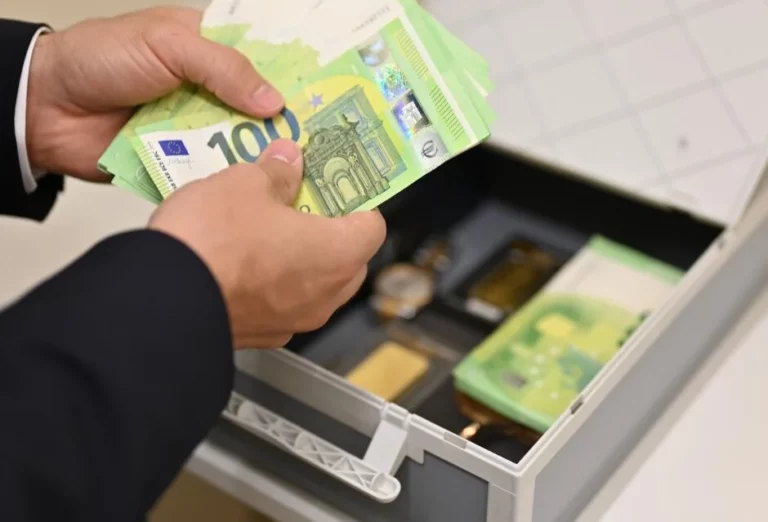euro
Should we expect HUF 360/EUR or HUF 400/EUR in 2023?

Euroisation starts in Budapest this February

EURO will be introduced as a parallel currency in Hungary? Some cities already use it

The good days did not last long: the weakening of the Hungarian forint

Thousands of Hungarians to use the euro instead of their old currency from 1 January

From 418 EUR/HUF to 405 in a week – what happened?

The forint is bursting with power today – it did something we did not expect

The Hungarian forint has fallen unstoppably in recent days – is a total collapse imminent?

Hungarian currency: will EUR/HUF be 450 or 350 sooner?

EU funding delayed, 430 EUR/HUF may return

Hungarian forint: the situation is promising, serious strengthening is expected

The forint is the strongest it has been for a while – positive prospects?

Does the government intend to strengthen the forint exchange rate?

Weak forint: euroisation to come in Hungary

Forint plunge: Slovakians, Austrians swarm Hungarian markets

13-year record: the Hungarian forint has strengthened significantly in just one day

Government’s euro introduction announcement was just a trick?

Hungarian forint suffers another record plunge – How long will this trend last?






